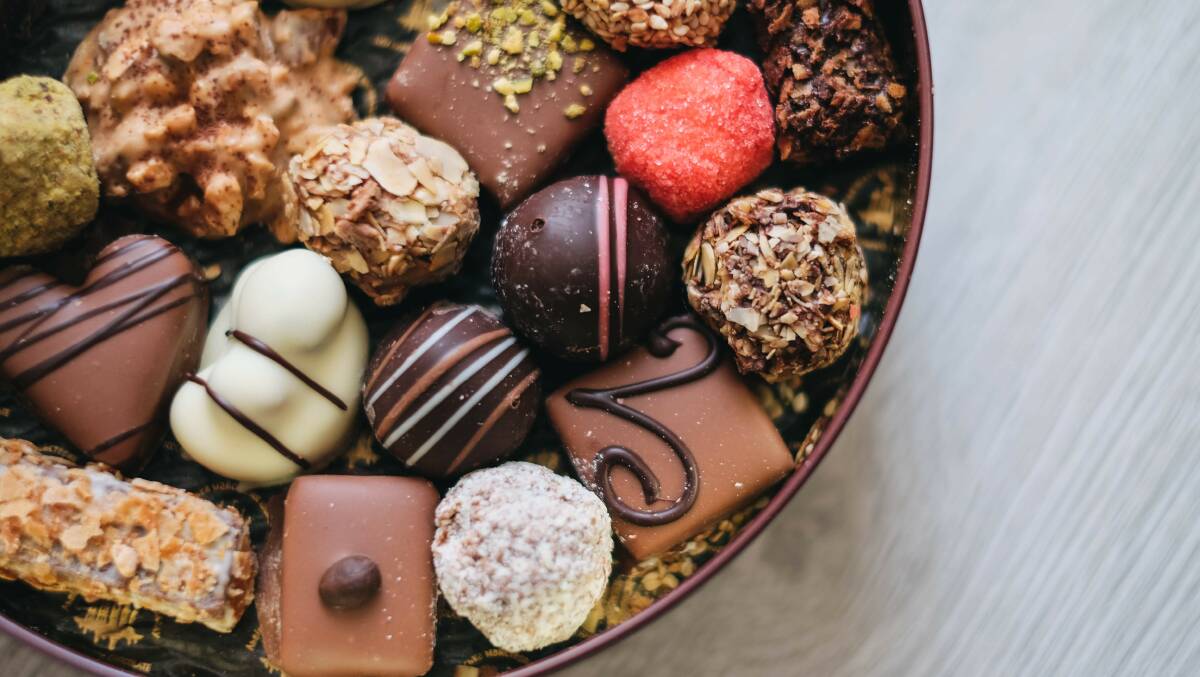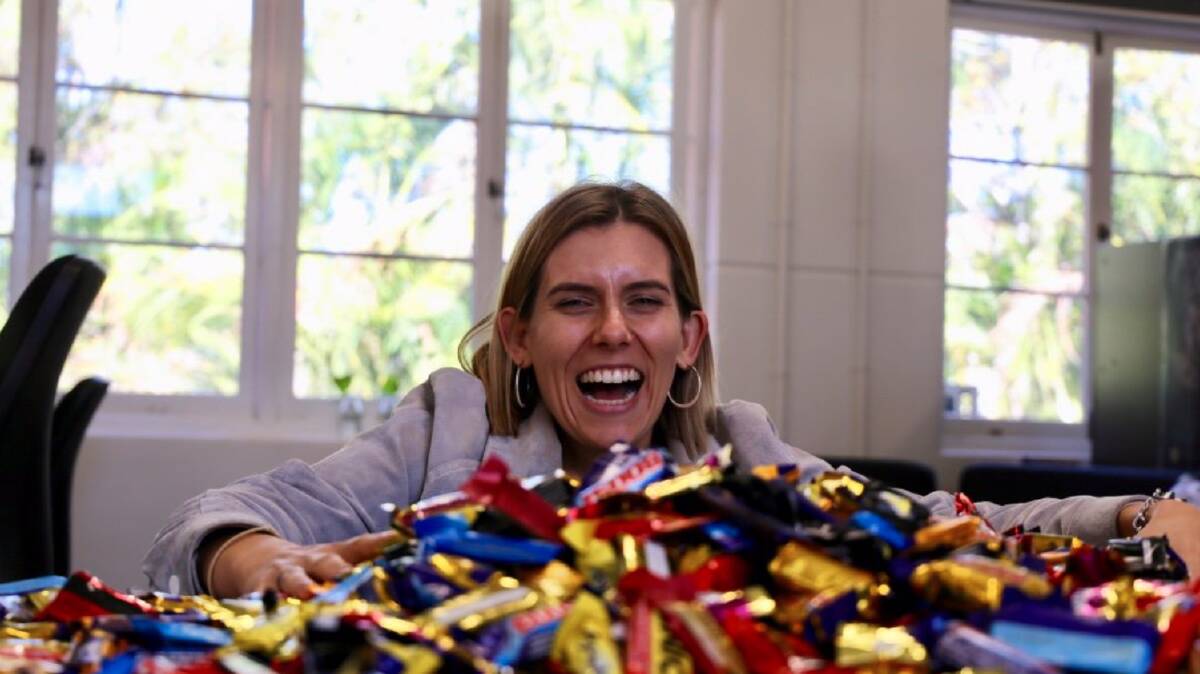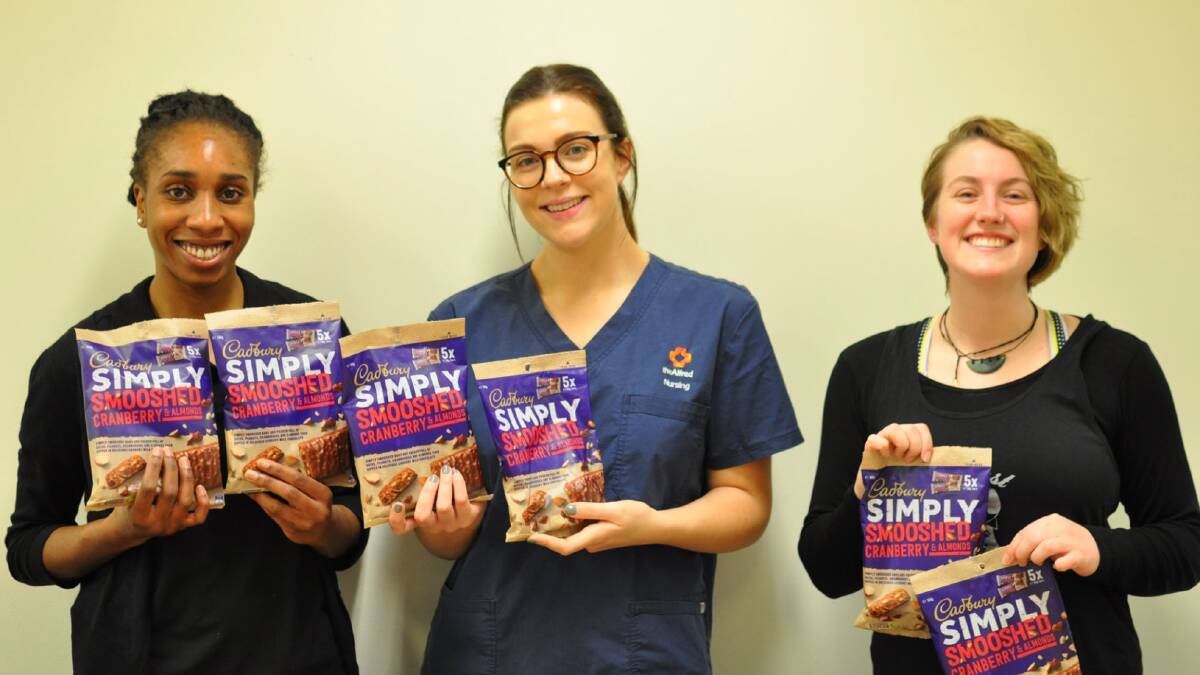
It's been around in one form or another since as early as 1750BC and over the centuries has become one of the most popular food flavours in the world.
Subscribe now for unlimited access.
or signup to continue reading
Whether as a treat, a comfort or a piece of art, chocolate, has become a delightfully decadent part of life.
If you needed an excuse to eat all the chocolate you craved without the guilt hangover, then surely today, World Chocolate Day, is that day.
Last year Cadbury Dairy Milk launched a milk chocolate 3D Printer, in celebration of World Chocolate Day.

In an innovative modern twist on their chocolate production, the chocolate giant offered a limited edition of milk chocolate charms - a variety of intricate finely printed chocolates, built from layer upon layer of it's dairy milk chocolate.
This year, in the lead up to World Chocolate Day Cadbury celebrated by giving a block of chocolate to workers who went above and beyond in their jobs.

Around 78,000 Aussie workers were recognised for their efforts and thanked with bars of glorious chocolate.
Paul Chatfield, Director of Marketing for Cadbury ANZ said recent events demonstrate that there really is a glass and a half in all of us.

"It's not about grand gestures, but about the small acts of kindness which so many Australians have shown. True to this spirit, we hope to shine a light on some of the unsung heroes who go the extra mile each day," he said.
Things you might not know about your chocolatey treat...
Did you know that it takes 400 cocoa beans to make about 450g of chocolate. Around 70 per cent of the world's cocoa beans come from four West African countries.
Each cacao tree produces approximately 2,500 beans, because cacao trees are so delicate, farmers lose, on average, 30 per cent of their crop each year, according to the USA National Confectioners Association (NCA).
Worldwide, 90 per cent of cocoa is grown on small family farms of two to five hectares, while just five per cent comes from large plantations of 40 hectares or more, according to figures from makechocolatefair.org
Cocoa production provides livelihoods for between 40 and 50 million farmers, rural workers and their families in the Global South.
In the Ivory Coast and Ghana up to 90 per cent of the farmers rely on cocoa for their primary income, so where ever you can, look for chocolate that's been sustainably and ethically sourced. This means that cacao farmers are paid a fair price, that they are able to invest in their communities and land, and that their farms are free of forced child labour.


